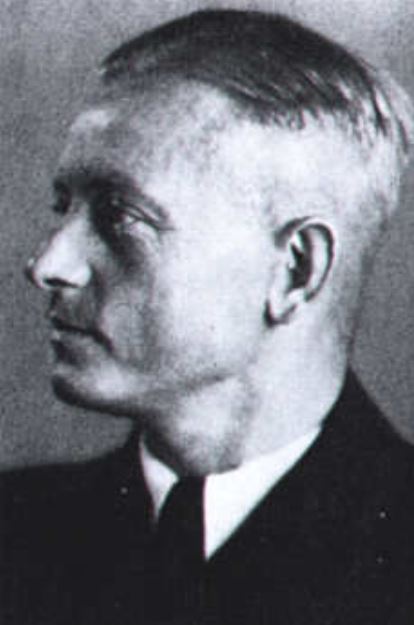Slaughter in the Gulf
U-boat attack, act of kindness mark the start of a maritime slaughter
When Hurricane Michael struck Bay County last October 10, the wind-driven storm surge exposed a circular concrete and steel foundation that had long been buried in the sand at the east end of Panama City Beach. Erected in mid-1943, it had supported a U.S. Army 155-mm coastal artillery cannon, one of two big guns deployed close by the St. Andrew ship channel linking Port Panama City to the Gulf of Mexico. This 76-year-old structure is far more than a simple artifact, however. It is a physical reminder of a now long-overlooked maritime struggle that brought World War II to the very shores of northwest Florida. The Army guns were hastily emplaced to defend the port from marauding German U-boats.
This is the first in a three-part series on the forgotten battles in the Gulf.
The sun was at its mid-day peak as the American freighter Alcoa Puritan, loaded with 9,700 tons of bauxite ore, plodded its way northward in the Gulf of Mexico on its way to Mobile, Alabama. For master Yngvar Krantz, his 47-man crew and seven passengers, the five-day journey up from Port of Spain, Trinidad, thus far had been uneventful.
It was 11:13 a.m. on Wednesday, May 6, 1942. Krantz and his shipmates did not know it, but their journey was about to come to an abrupt and disastrous end. Nine nautical miles to the north, lookouts on a German U-boat had sighted the freighter’s masts peeking up over the southern horizon.
Informed of the fast-approaching target, Korvettenkapitän (Commander) Harro Schacht, 34, instantly ordered a crash dive and the 251-foot-long U-507 quickly slipped beneath the placid Gulf waters. His 53-man crew manned their battle stations as the 1,032-ton submersible closed in on its prey.
When Alcoa Puritan was less than a half-mile away, Schacht fired a single G7a torpedo at the ship. Expelled by compressed air from one of the boat’s four forward tubes, the 23-foot-long torpedo with its 617-pound hexanite warhead raced out on what seemed a collision course.
It missed.
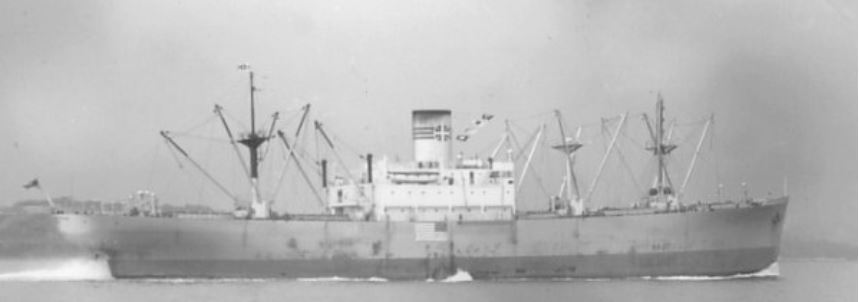
An incorrect input of the target’s speed entered into the U-boat’s electro-mechanical fire control computer threw the torpedo off-course by about 15 feet.
Lookouts on the Alcoa Puritan saw the foaming wake of Schacht’s torpedo as it raced past. Krantz ordered the ship to full speed. As the 6,759-ton merchantman turned hard to put the U-boat in its wake while racing for the Mississippi River mouth just fifteen miles away, his radio operator flashed an emergency message: “SOS SSS. Alcoa Puritan, U-boat on the surface position 28:40N 088:22W at 1700 hours GMT [Greenwich Mean Time].” The freighter began moving faster through the water, but its reprieve would not last long.
On the U-boat, Schacht turned to Plan B. He ordered U-507 to the surface, and at 12 noon, his gunners opened fire with the boat’s 105-mm main deck gun. Although by now Alcoa Puritan was a mile off and making its maximum speed of 16.5 knots, or just under 19 mph, the surfaced U-boat could make 20 knots, and it began closing in. Schacht’s gunners pumped 50 rounds of high explosive shells into the merchantman, disabling its steering gear and causing other serious damage.
On Alcoa Puritan, Krantz called it quits, and ordered everyone to abandon ship in a lifeboat and two life rafts. Although several crewmen had sustained minor shrapnel injuries from the shelling, all 54 souls on board survived. For the seven passengers aboard, it was déjà vu. They were all survivors of the Esso tanker T.C. McCobb, which had been sunk by an Italian submarine off the coast of French Guiana five weeks earlier, and who had just endured seven days in a lifeboat before being rescued.
Ninety minutes after sighting the Alcoa Puritan, U-507 fired a single G7e electric torpedo at the now-stationary target, ripping a gaping hole in its side amidships. Three minutes later, the freighter and its precious cargo vanished beneath the surface...
Before resuming his patrol in the Gulf of Mexico, the U-boat’s commander, Schacht, committed an act of kindness toward the Alcoa Puritan survivors. Maneuvering his U-boat through the debris field toward Krantz’s lifeboat, Schacht ordered his crewmen to pass cigarettes, bread and drinking water to the Americans, calling out — in clear English — “Sorry we can’t help you, hope you get ashore!” He then headed U-507 on a “deceptive” course of 090 degrees, waiting until the survivors were out of sight before turning to the east-southeast. Several hours later, a patrol plane spotted the freighter’s debris and survivors, and the Coast Guard cutter Boutwell picked them out of the sea.
The sinking of Alcoa Puritan and – seven hours later – the sinking of the 3,099-ton Honduran steam merchant Ontario, were not the first ships that U-507 had sunk on its second war patrol. On April 30, while steaming toward the entrance to the Gulf, U-507 destroyed by gunfire the 2,881-ton American oil tanker Federal just north of the Cuban port of Gibara. And four days later, Schacht and his crew sank three more American ships – the freighter Norlindo and tankers Munger T. Ball and Joseph M. Cudahy.
But it was the two attacks on May 6 that finally compelled American naval officials to break wartime censorship and publicly acknowledge what they long privately dreaded: The U-boat war had finally reached the Gulf of Mexico.
During a five-month period in the late spring and summer of 1942, the German U-boat Force mounted a deadly offensive in the Gulf of Mexico as part of its worldwide campaign to destroy Allied merchant shipping. U-boats hunted with scant opposition from Key West to the Yucatan Strait, and from Florida’s Big Bend to the mouth of the Houston Ship Channel.
The operations in the Gulf were part of a wider “southern” strategy. At the same time, there were U-boat deployments to the Caribbean, in the North Atlantic east of the Lesser Antilles, and along the northeast coast of South America. While patrols in the Caribbean proper began in February 1942, the appearance of U-boats in the Gulf in early May 1942 marked a major shift in German naval strategy. A month after Pearl Harbor, Admiral Karl Dönitz, had unleashed a fierce assault on shipping along the East Coast. During the six-month offensive, his U-boats sank 225 merchant vessels totaling more than 1.25 million gross registered tons (GRT) along the Atlantic littoral. More than 4,600 merchant sailors, naval personnel and civilians perished, while Germany lost just eight U-boats and 332 crewmen.
As the East Coast defenses finally began to strengthen toward the end of April, Admiral Dönitz decided that it was now time to take his war against shipping into the Gulf of Mexico. In a conference with German dictator Adolf Hitler in early May, the U-boat Force commander-in-chief reiterated the simple strategy he had opted since the outbreak of war: “Submarine warfare is war against enemy merchant shipping,” Dönitz said. “Therefore, we must sink ships wherever the greatest number of them can be sunk at lowest cost to us, i.e. where we lose the least number of submarines.” Of particular interest to him was the heavy traffic in oil tankers transiting the Gulf laden with petroleum stocks from Texas refineries.
“Every tanker we sink not only means one tanker less for carrying oil, but also represents a direct setback to America’s shipbuilding program,” Dönitz told the Führer. “Therefore, it seems to me that the destruction of these American oil supply vessels is of greatest importance to us.”
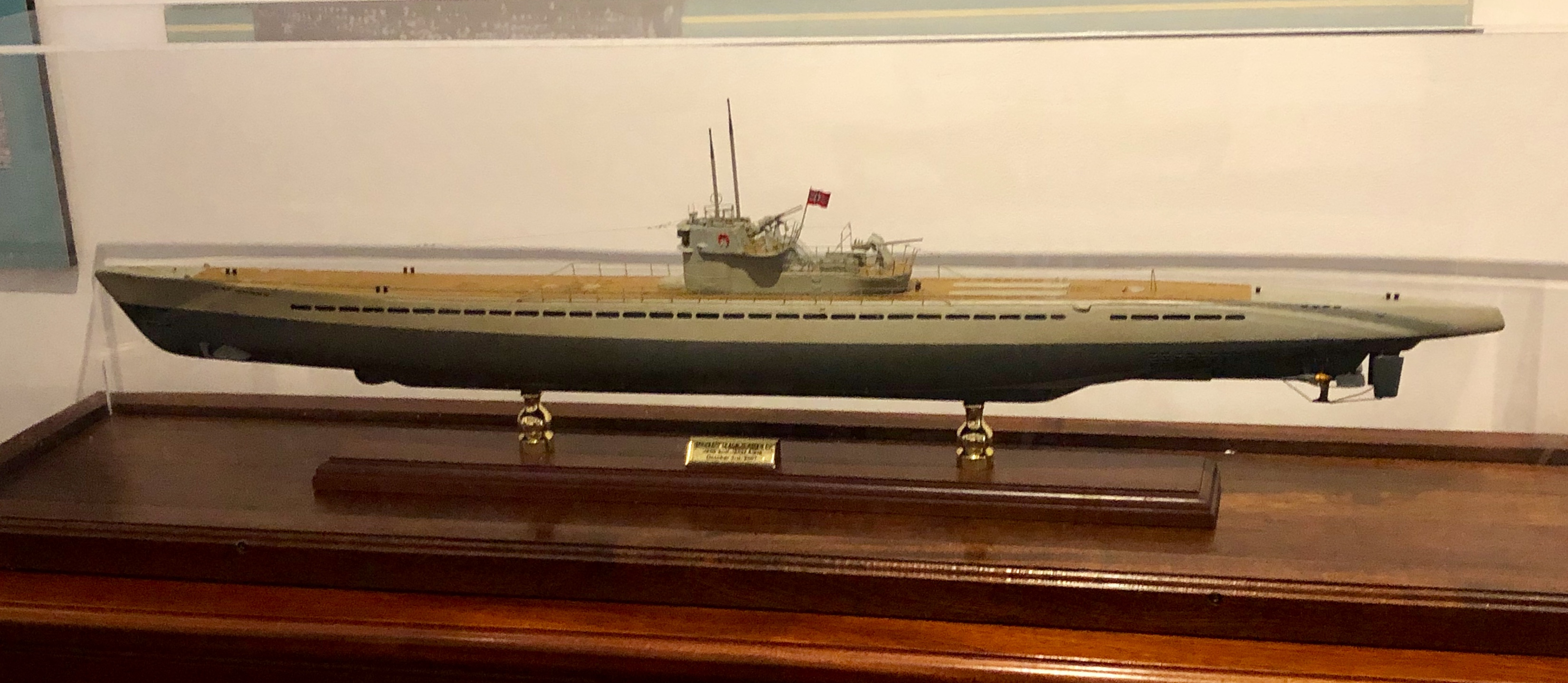
Retired Navy Captain Jerry Mason, an expert on U-boat operations in World War II who runs the web portal U-boat Archive.net, agreed with Dönitz’s logic.
“While the North Atlantic was the strategic-level theater of war” for the German navy,” Mason said, “when defenses stiffened on the U.S. East Coast, U-boats were tasked to operate on the Gulf of Mexico.”
To that end, U-507 was merely the tip of the spear. Admiral Dönitz and his operations staff at Lorient, France, designated a force of twenty-three U-boats, out of an operational fleet numbering 292 submersibles, to mount combat patrols halfway across the world in the Gulf of Mexico. All but five of them were the larger Type IX boats, whose greater fuel capacity enabled them to steam more than 13,000 nautical miles without refueling. For the new operation, they could make the 7,500-nautical mile round trip from their bases on the French Atlantic coast to the Florida Straits and back and still have fuel to operate in the Gulf for up to four weeks.
But even the lesser-range Type VII boats were now capable of Gulf operations; Dönitz had deployed several newly commissioned Type XIV “U-tankers” to the mid-Atlantic. Unarmed but carrying 400 tons of fuel and provisions, the “Milch cows” were able to extend the Type VIIs’ range and operating period to include missions in the Gulf and Caribbean. Thus, five VIIs were included in the attack force.
The U-boat Force operational staff took care to deploy the Gulf-bound U-boats in a steady stream. Schacht in U-507 sailed from Lorient, France, on April 4. It had taken his boat four weeks to make the journey — at a fuel-saving speed of just 5 knots — on the great circle route to the Straits of Florida. Schacht, like other U-boat commanders, used that time to drill his crew hard in gunnery, torpedo-firing and crash-dive maneuvers.
They also took the opportunity to make necessary repairs. Nine days out of port, Schacht and his crew suddenly heard a loud mechanical rattling noise when the boat executed a crash-dive. Commander and crew labored several hours to identify and fix the noise, which could betray the boat’s location to enemy sonar when submerged. Schacht wrote in his war diary on Monday, April 13, that they had succeeded in determining “the cause of the rattling noises in the over deck that were heard while monitoring during submerged cruise. The damage was recognized and corrected.”
The intense training paid off: Schacht’s entry into the Gulf of Mexico required a dangerous five-day transit of shallow waters south of the Bahamas and along the north shore of Cuba, where Allied air patrols came thick and fast. On seven different occasions, U-507’s lookouts spotted an enemy patrol plane and were able to crash-dive the boat before being detected. In between dodging the air patrols, U-507 encountered many coastal steamers, but Schacht dismissed many of them as “not worth a torpedo.”
With the sinking of Federal on April 30, U-507 began a 2,000-nautical-mile rampage over the next two weeks that would result in the loss of nine Allied ships totaling 44,782 GRT, and the damaging of a ninth ship displacing 6,561 GRT. More sinkings by the other U-boats would quickly follow.
As Schacht and his crew went into battle, the other U-boats designated for Gulf operations literally formed a chain from the Bay of Biscay to the Florida Straits. The day U-507 sank Alcoa Puritan and Ontario, a second boat — U-506 — was just passing through the Florida Straits, and five others, U-103, U-753, U-504, U-106 and U-158, were at various stages of the 3,800-nautical mile trek down from their ports in occupied France. A dozen additional U-boats scheduled to operate in the Gulf from mid-June through the end of August were either still in port undergoing maintenance and repairs from previous patrols or were still on patrol in the North Atlantic prior to in-port repairs and upkeep in advance of deploying to the Gulf.
This deliberate overlapping of scheduled deployments ensured a steady U-boat presence in the Gulf. During May 1942, there were either two or three boats on patrol each day; in June, the number fluctuated from two to four, and at the peak of the offensive in July, the number ranged from one to as many as six U-boats. Finally, as the offensive wound down in August 1942, the number dropped to either one or two U-boats operating there.
Of the twenty-three U-boats that took part, fourteen found and successfully sank a total of 56 Allied ships. These included 28 oil tankers, 22 freighters, and one passenger liner, one fishing vessel and one sailing ship. U-boats attacked vessels not only flying the Stars and Stripes and the Union Jack, but merchantmen and oil tankers from Honduras, Mexico, Panama, Norway (steaming as part of the British Merchant Fleet) and the Soviet Union.
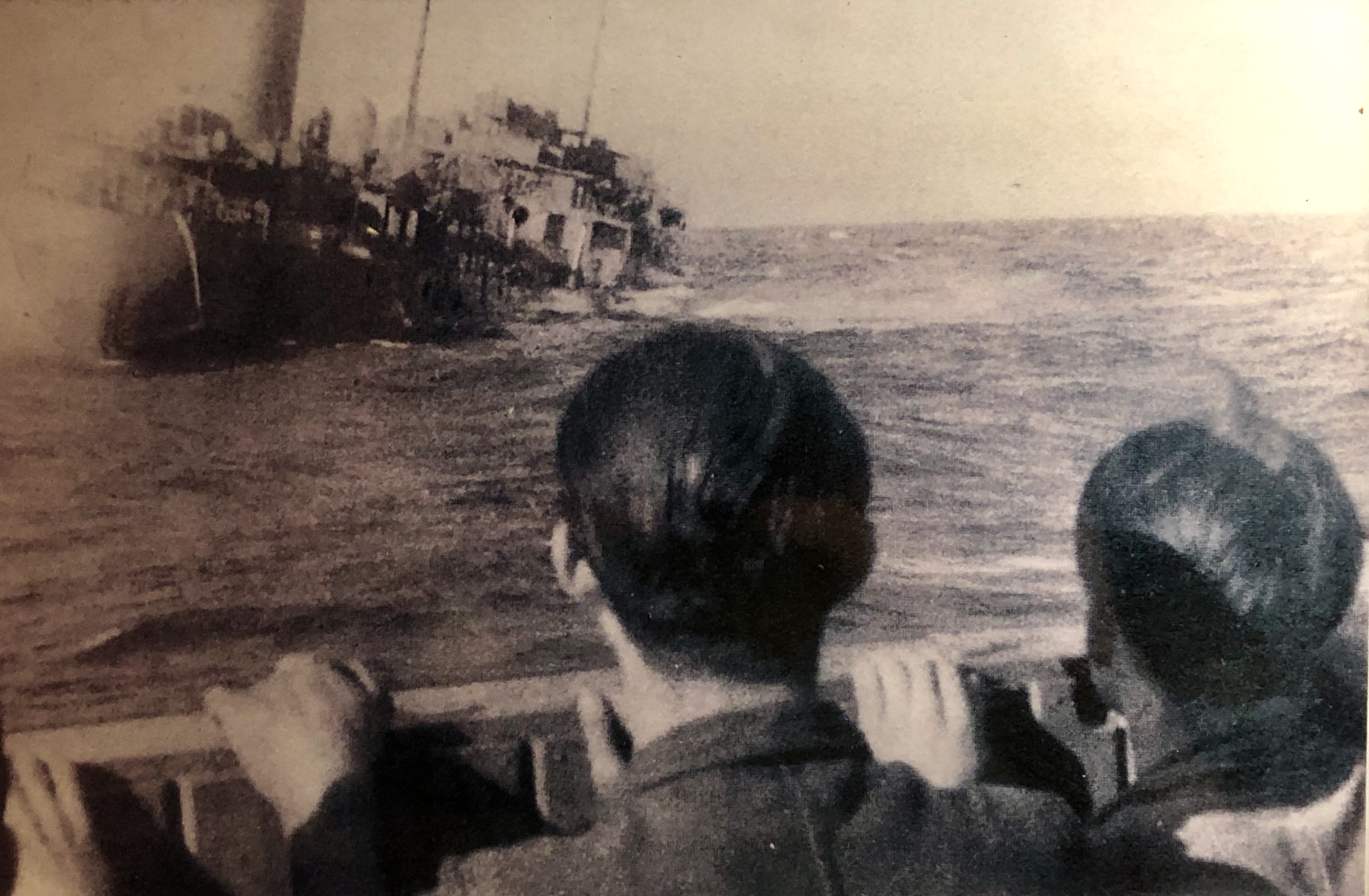
Performance by individual U-boats varied greatly. Including ships sunk in the trip to or from the Gulf, the top “tonnage” performers in the Gulf offensive were: Kapitänleutnant Erwin Rostin in U-158 with twelve ships sunk for a total of 62,536 GRT; Schacht in U-507 with nine ships sunk totaling 44,782 gross tons and one damaged for another 2,881 GRT; Kapitänleutnant (Lieutenant Commander) Erich Würdemann in U-506, with a record of eight ships sunk totaling 39,906 gross tons and another three damaged for 23,358 GRT; Korvettenkapitän Hans-Ludwig Witt in U-129 with ten ships sunk totaling 39,245 GRT, and Kapitänleutnant Günther Müller-Stockheim in U-67 with six ships sunk totaling 32,236 GRT. And while Kapitänleutnant Werner Winter in U-103 sank only one ship in the Gulf displacing 5,037 gross tons, he conducted most of his patrols in the Caribbean, where his U-boat sank eight merchant ships. This brought his overall total to nine ships sunk totaling 42,169 GRT.
The Gulf of Mexico U-boat offensive did not occur in a vacuum. During the first two years of World War II, Admiral Dönitz struggled to deploy an effective U-boat force, and had only between ten and twenty-five boats at sea at a given time in 1940 and 1941. Thus, he was forced to limit U-boat operations to the North Atlantic and around the British Isles. By mid-1942, however, an ambitious shipbuilding program expanded the U-boat Force to the point Dönitz now had between 60 and 70 U-boats operating at sea on a daily basis, with that number steadily growing. At the time Schacht unleashed the first attacks in the Gulf, another ten U-boats were already operating in the Caribbean, in the Atlantic east of the Antilles or down near the Brazilian coast. In addition, nine more were on patrol in the western Atlantic from Cape Henry to the tip of Florida. All in all, the combined southern operations in the Gulf of Mexico, Caribbean and southwest North Atlantic in 1942 sank 267 ships, an even deadlier total than the 225 vessels the U-boats had sunk along the East Coast beginning in January.
Only four of the marauding U-boats would fail to return from the Gulf to France, and just two of them went down in the largely undefended Gulf of Mexico.
Citing the inadequate defenses in the Gulf of Mexico and the seasoned U-boat crews who came to wage war along the Gulf coast, American naval historian Clay Blair years later described the outcome in one blunt word: a “slaughter.”
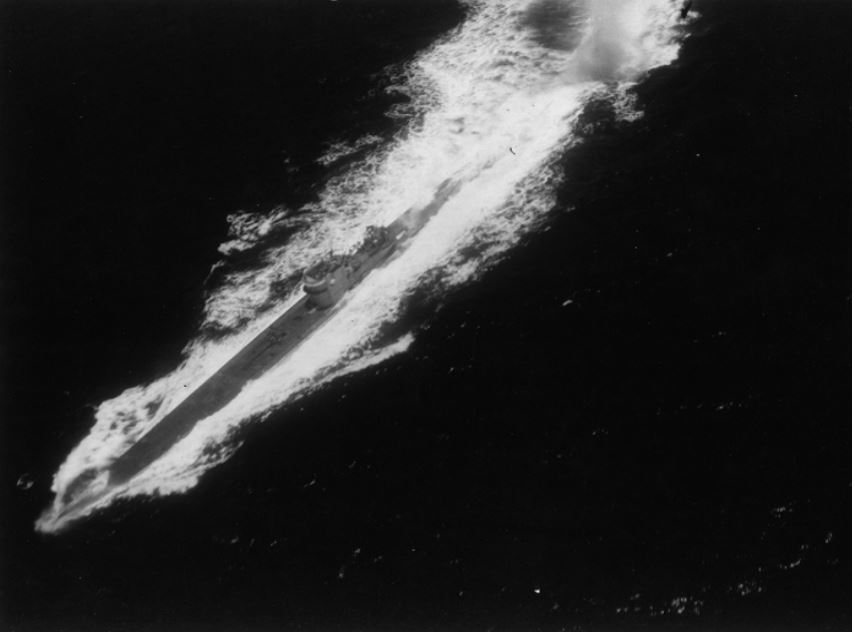
News Herald Staff Reporter Ed Offley, who has written two books on German U-boat operations in World War II (Turning the Tide, Basic Books, 2011, and The Burning Shore, Basic Books, 2014), has combed the U.S. Navy archives and World War II German naval records to tell the all-but-forgotten tale of war in the Gulf more than three-quarters of a century ago. Next is: "The hunt for the Empire Mica."
